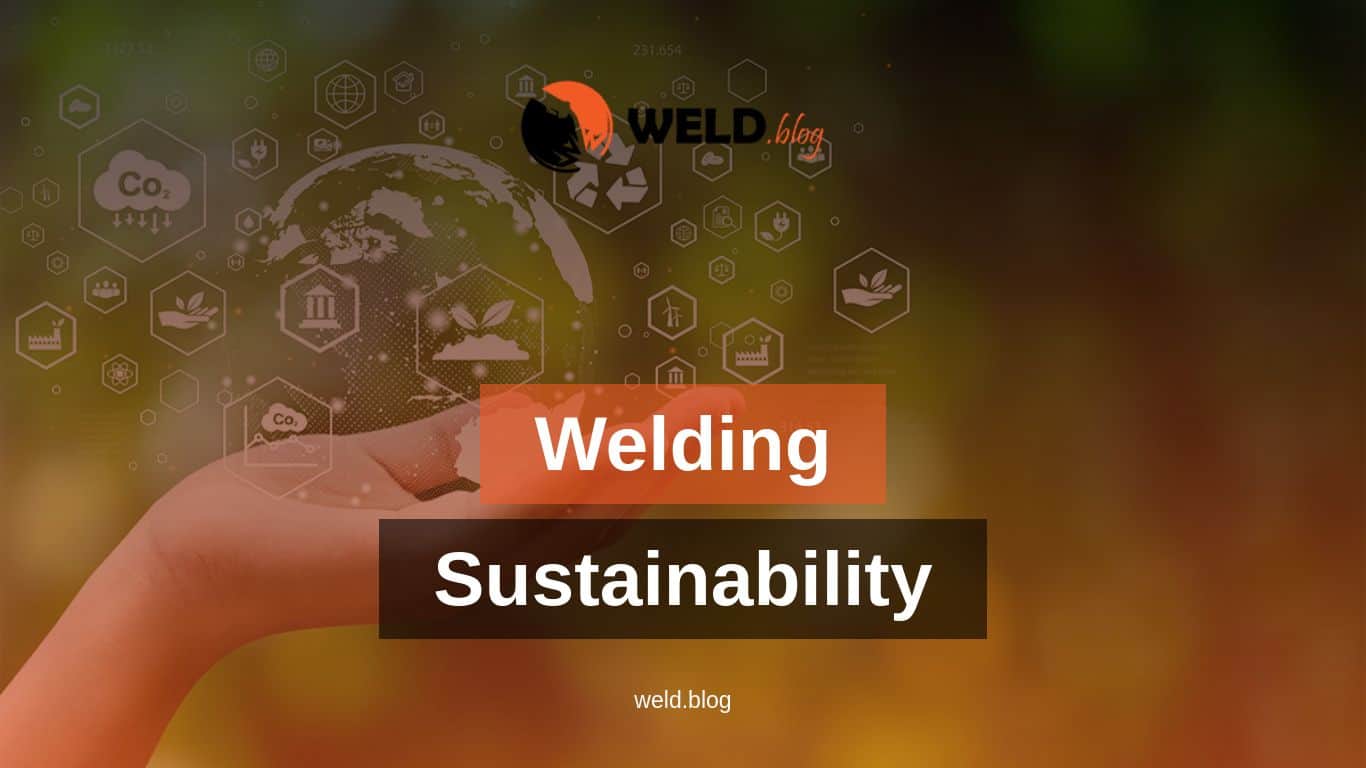Welding is a widely used technique to join metal parts together for a variety of purposes. However, it has a range of environmental impacts, from releasing harmful gases into the atmosphere to producing hazardous waste. In recent years, there has been a growing awareness of the need to make welding processes more sustainable and environmentally friendly. This article will explore the environmental impact of welding and the ways in which green practices can be incorporated.
Environmental Impact of Welding
Welding is a process that involves the use of high temperatures and gases, which can have a significant impact on the environment. One of the most significant effects is the emission of greenhouse gases. Welding produces carbon dioxide, methane, and nitrous oxide which contribute to global warming.
Welding also creates hazardous waste, such as slag and spatter, which can have a detrimental effect on soil and water quality. It is also known to release fumes and gases into the air that can cause respiratory problems if inhaled.
Sustainable Welding Practices
Fortunately, there are a number of green practices that can be incorporated into welding to minimize its environmental impact.
Use of Alternative Energy Sources
One of the main green practices in welding is the use of alternative energy sources. This includes wind, solar, and hydropower, which can all be used to power welding machines. These sources of energy are renewable and do not produce harmful emissions or waste.
Recycling and Waste Reduction
Another way to reduce the environmental impact of welding is through recycling and waste reduction. This includes the recycling of welding waste, such as scrap metal, slag, and spatter. It also means reducing the amount of welding undertaken and reusing materials wherever possible.
Efficient Welding Techniques
Efficient welding techniques are another important aspect of sustainable welding practices. This includes using the right welding technique for each job, selecting the most efficient welding machine, and minimizing the time spent on welding. By doing so, it reduces energy consumption, emissions, and waste.

Benefits of Sustainable Welding Practices
Using sustainable welding practices can have a range of benefits, not only for the environment but also for businesses and welders.
Cost Savings
By minimizing waste, reducing energy consumption, and using alternative energy sources, businesses can save money on their energy bills and waste management costs. This can improve their bottom line and make the business more profitable in the long run.
Better Workplace Environment
Sustainable welding practices also help to create a better workplace environment for welders. By reducing emissions and fumes, it helps to protect the health of workers and reduce the risk of respiratory problems. It also creates a safer and more sustainable workplace.
Meeting Regulatory Requirements
Many countries have strict regulations when it comes to environmental protection. By incorporating sustainable welding practices, businesses can ensure that they are complying with these regulations and avoiding fines or penalties.
Conclusion
The environmental impact of welding can be significant, but there are ways to minimize its impact and develop sustainable practices. Through sustainable welding practices, businesses can save costs, create a better workplace environment, and meet regulatory requirements. By implementing these practices, the welding industry can become more sustainable and environmentally friendly.

